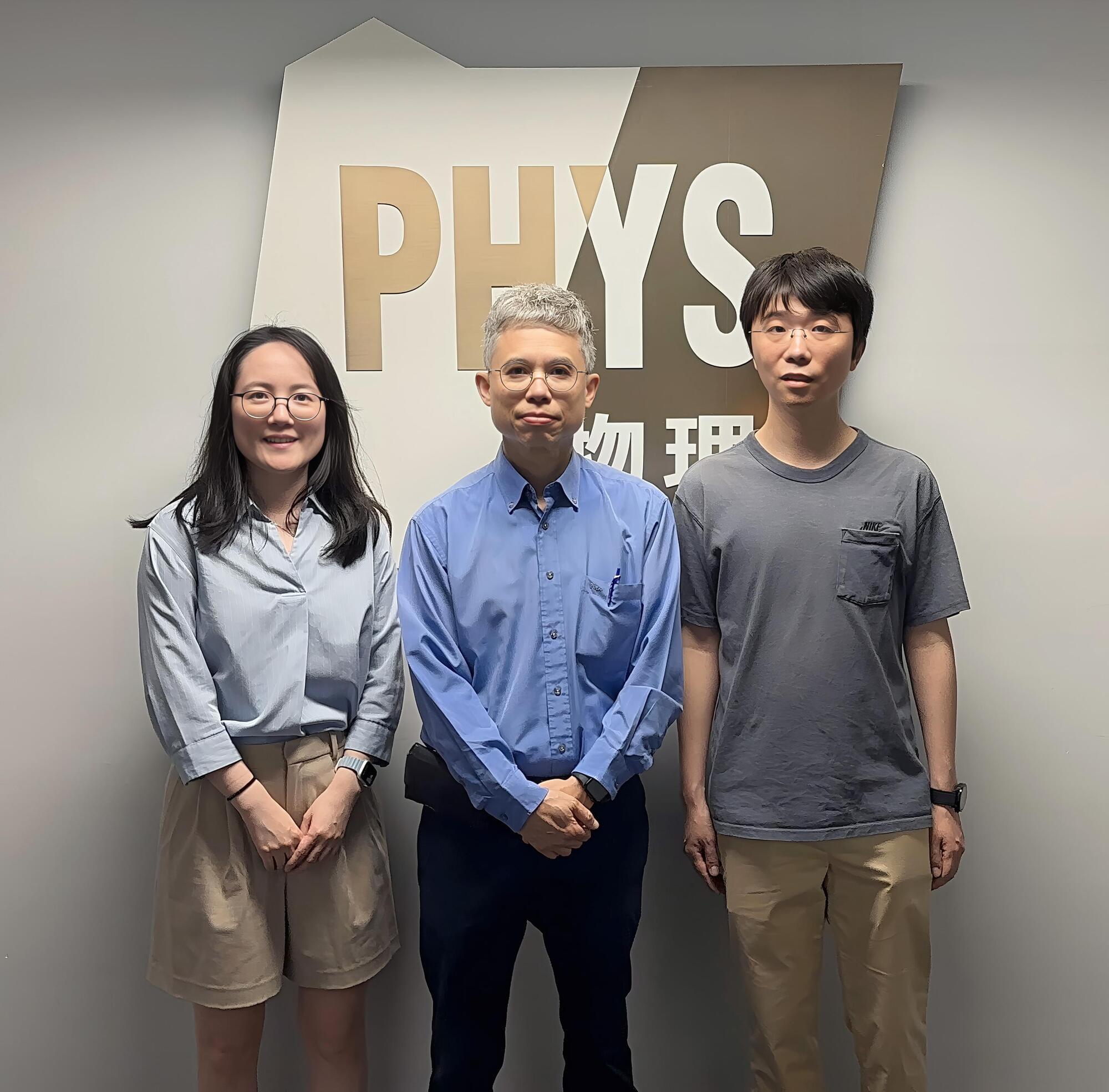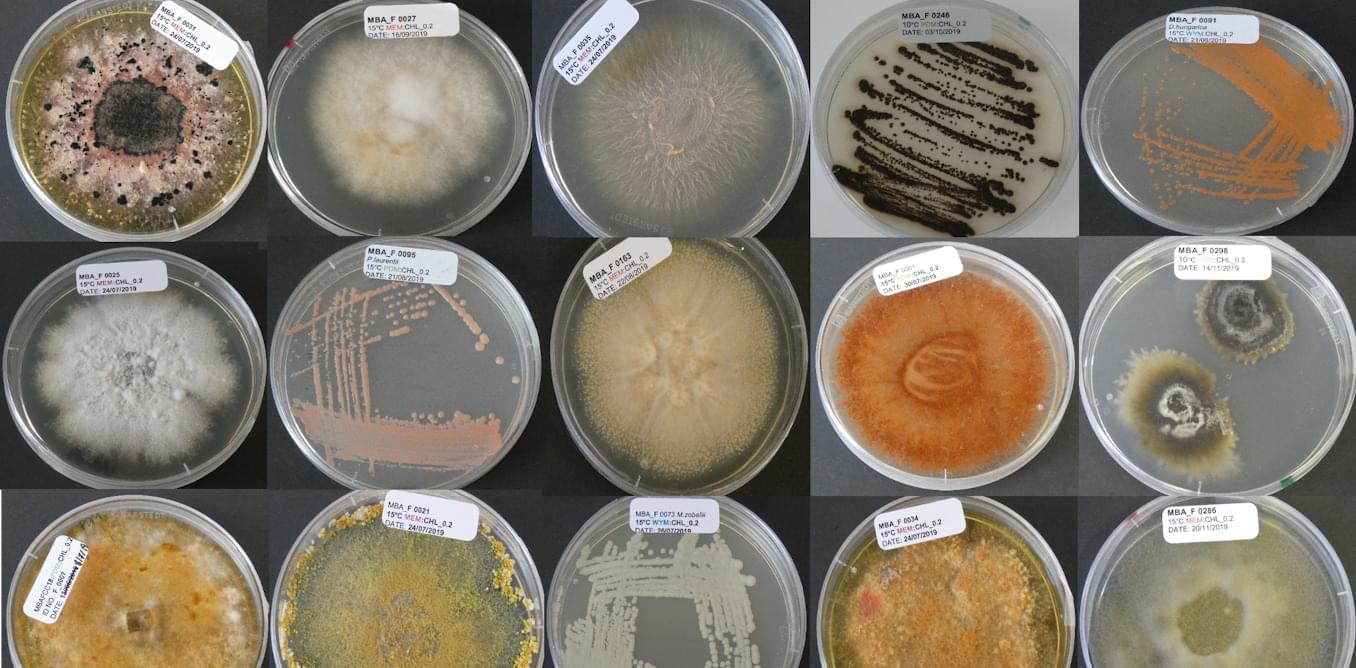Engineering was once the most stable and lucrative job in tech. Then AI learned to code.
Just when scientists thought they knew everything about crystals, a Northwestern University and University of Wisconsin-Madison collaboration has uncovered a hidden secret.
Centrosymmetric crystals are a special type of material that is fully symmetrical in every direction from a central point. Previously, scientists thought only non-centrosymmetric materials could exhibit chiral behavior—a property in which an object acts differently from its mirror reflection. But, for the first time, researchers have found a centrosymmetric crystal can act “chiral” despite its symmetry.
In the new study, published in Science, the research team investigated how a specific centrosymmetric crystal interacts with circularly polarized light, which twists like a corkscrew in either a clockwise or counterclockwise direction.
SENS Research Foundation works to develop, promote, and ensure widespread access to therapies that cure and prevent the diseases and disabilities of aging by comprehensively repairing the damage that builds up in our bodies over time.
A new study from The University of Texas at Arlington details a novel strategy for how the body clears out dead cells during stress, revealing unexpected roles for well-known stress-response genes—a discovery that could help scientists better understand diseases affecting the immune system, brain and metabolism.
“The body is constantly creating new cells and removing old cells once they die,” said Aladin Elkhalil, lead author of the study and a third-year doctoral student in the lab of Piya Ghose, assistant professor of biology at UT Arlington. “This removal of dead cells is just as important as creating new ones, because if the body is unable to rid itself of dead cells, it can lead to various health problems”
Published in PLOS Genetics, the study was conducted on the roundworm C. elegans by Dr. Ghose, Elkhalil and Alec Whited, another graduate student in the Ghose lab. This tiny, transparent organism is a widely used tool in genetic research because its see-through body allows scientists to observe live cell behavior, including how cells die. The research team took advantage of these unique features in several innovative ways.
UNDATED (WKRC) — Scientists were diving into a mysterious biological phenomenon known as the “third state,” where cells of a deceased organism can adopt new functions after death, Popular Mechanics reported.
University of Washington biologist Peter Noble and Alex Pozhitkov have detailed this exploration in an article for The Conversation.
Their research highlighted the surprising resilience of xenobots and anthrobots, which can survive beyond the life of their host organism.
Startup Xona Space Systems hopes to provide an unspoofable alternative to increasingly threatened GPS.
A real AI drug lab is now building the future of longevity. In Abu Dhabi. With $76 million.
The Hong Kong University of Science and Technology (HKUST)-led research team has adopted gyromagnetic double-zero-index metamaterials (GDZIMs) — a new optical extreme-parameter material – and developed a groundbreaking method to control light using GDZIMs. This discovery could revolutionize fields like optical communications, biomedical imaging, and nanotechnology, enabling advances in integrated photonic chips, high-fidelity optical communication, and quantum light sources.
Published in Nature, the study was co-led by Prof. CHAN Che-Ting, Interim Director of the HKUST Jockey Club Institute for Advanced Study and Chair Professor in the Department of Physics, and Dr. ZHANG Ruoyang, Visiting Scholar in the Department of Physics at HKUST.
A culture collection of more than 500 fungal strains from seawater, sediments and seaweeds is helping scientists better understand marine fungi.
How the brain largely maintains its function when neurons are lost—this is what researchers at the University Medical Center Mainz, the Frankfurt Institute for Advanced Studies (FIAS) and Hebrew University (Jerusalem) have deciphered. They show that neuronal networks in the cerebral cortex reorganize within a short period of time, with other nerve cells taking over the tasks of the lost neurons.
These findings could form the basis for future research into natural aging processes and neurodegenerative diseases such as Alzheimer’s or Parkinson’s. The study is published in the journal Nature Neuroscience.
Nerve cells (neurons) are the most important building blocks of the brain. They form the basis for all mental and physical functions such as thinking, feeling, movement, and perception. In the course of life, nerve cells in the brain can be lost for various reasons: They die off due to age-related processes, are damaged by toxins such as alcohol, or neurodegenerative diseases such as Alzheimer’s and Parkinson’s lead to a more rapid progressive loss of neurons.









